





























Fukushima: the situation in the area after an earthquake, tsunami and nuclear disaster - Just over six years ago, a triple tragedy left a whole region of Japan in ruins, which is still abandoned today. On 11 March 2011, a devastating earthquake, followed by a tsunami, destroyed entire coastal cities in Japan. The tragedy worsened further with a meltdown at the Fukushima nuclear power plant, one of the worst nuclear disasters in history, drawing comparisons to the Chernobyl disaster in 1986. Take a look at Fukushima's present-day situation.
© Getty Images
0 / 30 Fotos
Radioactive terror - The natural disasters, which happened one after the other, caused radioactive leaks from the plant and an en-masse evacuation of workers and residents from the affected areas.
© Getty Images
1 / 30 Fotos
Thousands of deaths - According to Deutsche Welle, local authorities estimate there were 15,895 deaths and 2,561 people went missing. More than 100,000 left their homes, never to return.
© Getty Images
2 / 30 Fotos
Justice - On 10 October, a Fukushima district court ruled that the Tokyo Electric Power Company (Tepco) - who ran the plant - and the Japanese government, were responsible for the damage caused by the Fukushima Daiichi nuclear plant.
© Getty Images
3 / 30 Fotos
Inhabitable - The government and electric company were ordered to pay almost $4.4 million to Fukushima residents, who sought compensation for their lost livelihoods.
© Reuters
4 / 30 Fotos
Collective mobilization - According to Deutsche Welle, a group of 3,800 residents presented a class-action lawsuit, the largest case related to the 2011 nuclear disaster.
© Reuters
5 / 30 Fotos
No warning - According to the court, the government failed to order Tepco to improve safety measures at the power plant. This despite the company being aware since 2002 that the area was at risk of a tsunami, which finally struck in 2011.
© Getty Images
6 / 30 Fotos
Weak argument - The Japanese government and Tepco alleged that the 2002 report was not conclusive and that they could not have foreseen the tsunami, according to Deutsche Welle.
© Reuters
7 / 30 Fotos
Complicit? - This most recent court decision is the second in which the Japanese government is named liable for the Fukushima disaster. The first was announced in March 2017 by the Maebashi district court.
© Getty Images
8 / 30 Fotos
Guilty party - It is also not the first time that the nuclear plant has been blamed for a tragedy. The Tokyo Electric Power Company is now facing the wrong side of a third guilty verdict.
© Getty Images
9 / 30 Fotos
Protests - Since 2011 the residents of the affected area have protested demanding justice.
© Reuters
10 / 30 Fotos
Prime minister - The Japanese premier, Shinzo Abe, 63, was reelected in a general election on 20 October. Before the victory, the head of state was in Fukushima campaigning with a local candidate.
© Reuters
11 / 30 Fotos
Political platform - Renowned as a good foreign and international political strategist, a tactful and pragmatic diplomat, Prime Minister Shinzo Abe held onto his post after reinventing his image as a savior, an approach he adopted in December 2012 after the Fukushima disaster.
© Reuters
12 / 30 Fotos
Divides opinion - Despite being re-elected, the Japanese head of state hasn't pleased everybody. The leader has been the subject of protests for at times being perceived to be partly at fault for the current state of abandon in Fukushima, despite rebuilding efforts in the area.
© Reuters
13 / 30 Fotos
Opposition - Reuters reported that Shinzo Abe was also criticized by the former Japanese Prime Minister Junichiro Koizumi in 2016. Koizumi alleged that the current head of state lied about the safety of the Fukushima Nuclear plant to the International Olympic Committee (IOC) in 2013, in order to bring the 2020 Olympic Games to Tokyo.
© Reuters
14 / 30 Fotos
Local environment - The environmental impacts of the tragedy have become more and more apparent. According to a Greenpeace Japan analysis, there is no end in sight for the ecological consequences.
© Getty Images
15 / 30 Fotos
Irreversible effects? - Such effects include mutations in trees, damage to the DNA of living things in the area, as well as mountains and drainage basins that will be contaminated by radiation for 'decades and centuries'.
© Getty Images
16 / 30 Fotos
Greenpeace Report - The report released by Greenpeace Japan was based on an extensive independent scientific analysis on the impacted areas in Fukushima, as well as investigations headed up by radiation experts over the years.
© Getty Images
17 / 30 Fotos
Ghost towns - Following the disaster, many neighborhoods and towns in the area are still abandoned due to evacuation and contamination, and have now become ghost towns.
© Getty Images
18 / 30 Fotos
Reconstruction - Despite criticism, the Japanese government has invested in the regeneration of Fukushima. Bridges, streets, schools, markets and other damaged infrastructure have been rebuilt.
© Reuters
19 / 30 Fotos
Unprecedented disaster - Premier Shinzo Abe's government acted directly to contain the damage of the nuclear plant after reports stated that the levels of radiation in the area around the damaged nuclear plant were much higher than previously thought, according to Deutsche Welle.
© Getty Images
20 / 30 Fotos
Task Force - Thousands of people are working hard on the process of shutting down Fukushima Daiichi.
© Getty Images
21 / 30 Fotos
Worker accomodation - The workers have a new building within the plant with bedrooms and common areas where they can rest and sleep.
© Getty Images
22 / 30 Fotos
Safety - The Japanese government intends to provide the equivalent of €360 million for the safety of the facilities, say Deutsche Welle.
© Getty Images
23 / 30 Fotos
Tough challenge - One of the main challenges facing Tepco is the water from the plant which is contaminated with radioactive materials, including iodine, strontium, cesium and plutonium.
© Getty Images
24 / 30 Fotos
Disheartening situation - According to Tepco, total decontamination of the plant could take up to 40 years.
© Getty Images
25 / 30 Fotos
Plans - One of the Japanese government's plans includes building a protective wall nearly a mile in total length, made up of frozen earth, around the reactors.
© Getty Images
26 / 30 Fotos
Cover-up - Tepco, the Fukushima plant operator was accused of trying to cover up the extent of the disaster, only gradually releasing relevant facts to the public.
© Getty Images
27 / 30 Fotos
The new Chernobyl? - The 2011 Fukushima catastrophe is similar to the 1986 Chernobyl disaster. Despite efforts, the consequences for the local environment are dramatic and almost irreparable.
© Getty Images
28 / 30 Fotos
Fukushima and Chernobyl - The reactors of both plants were classified as a level 7 on the International Nuclear Event Scale (INES) - the highest level for a serious accident.
© Getty Images
29 / 30 Fotos
Fukushima: the situation in the area after an earthquake, tsunami and nuclear disaster - Just over six years ago, a triple tragedy left a whole region of Japan in ruins, which is still abandoned today. On 11 March 2011, a devastating earthquake, followed by a tsunami, destroyed entire coastal cities in Japan. The tragedy worsened further with a meltdown at the Fukushima nuclear power plant, one of the worst nuclear disasters in history, drawing comparisons to the Chernobyl disaster in 1986. Take a look at Fukushima's present-day situation.
© Getty Images
0 / 30 Fotos
Radioactive terror - The natural disasters, which happened one after the other, caused radioactive leaks from the plant and an en-masse evacuation of workers and residents from the affected areas.
© Getty Images
1 / 30 Fotos
Thousands of deaths - According to Deutsche Welle, local authorities estimate there were 15,895 deaths and 2,561 people went missing. More than 100,000 left their homes, never to return.
© Getty Images
2 / 30 Fotos
Justice - On 10 October, a Fukushima district court ruled that the Tokyo Electric Power Company (Tepco) - who ran the plant - and the Japanese government, were responsible for the damage caused by the Fukushima Daiichi nuclear plant.
© Getty Images
3 / 30 Fotos
Inhabitable - The government and electric company were ordered to pay almost $4.4 million to Fukushima residents, who sought compensation for their lost livelihoods.
© Reuters
4 / 30 Fotos
Collective mobilization - According to Deutsche Welle, a group of 3,800 residents presented a class-action lawsuit, the largest case related to the 2011 nuclear disaster.
© Reuters
5 / 30 Fotos
No warning - According to the court, the government failed to order Tepco to improve safety measures at the power plant. This despite the company being aware since 2002 that the area was at risk of a tsunami, which finally struck in 2011.
© Getty Images
6 / 30 Fotos
Weak argument - The Japanese government and Tepco alleged that the 2002 report was not conclusive and that they could not have foreseen the tsunami, according to Deutsche Welle.
© Reuters
7 / 30 Fotos
Complicit? - This most recent court decision is the second in which the Japanese government is named liable for the Fukushima disaster. The first was announced in March 2017 by the Maebashi district court.
© Getty Images
8 / 30 Fotos
Guilty party - It is also not the first time that the nuclear plant has been blamed for a tragedy. The Tokyo Electric Power Company is now facing the wrong side of a third guilty verdict.
© Getty Images
9 / 30 Fotos
Protests - Since 2011 the residents of the affected area have protested demanding justice.
© Reuters
10 / 30 Fotos
Prime minister - The Japanese premier, Shinzo Abe, 63, was reelected in a general election on 20 October. Before the victory, the head of state was in Fukushima campaigning with a local candidate.
© Reuters
11 / 30 Fotos
Political platform - Renowned as a good foreign and international political strategist, a tactful and pragmatic diplomat, Prime Minister Shinzo Abe held onto his post after reinventing his image as a savior, an approach he adopted in December 2012 after the Fukushima disaster.
© Reuters
12 / 30 Fotos
Divides opinion - Despite being re-elected, the Japanese head of state hasn't pleased everybody. The leader has been the subject of protests for at times being perceived to be partly at fault for the current state of abandon in Fukushima, despite rebuilding efforts in the area.
© Reuters
13 / 30 Fotos
Opposition - Reuters reported that Shinzo Abe was also criticized by the former Japanese Prime Minister Junichiro Koizumi in 2016. Koizumi alleged that the current head of state lied about the safety of the Fukushima Nuclear plant to the International Olympic Committee (IOC) in 2013, in order to bring the 2020 Olympic Games to Tokyo.
© Reuters
14 / 30 Fotos
Local environment - The environmental impacts of the tragedy have become more and more apparent. According to a Greenpeace Japan analysis, there is no end in sight for the ecological consequences.
© Getty Images
15 / 30 Fotos
Irreversible effects? - Such effects include mutations in trees, damage to the DNA of living things in the area, as well as mountains and drainage basins that will be contaminated by radiation for 'decades and centuries'.
© Getty Images
16 / 30 Fotos
Greenpeace Report - The report released by Greenpeace Japan was based on an extensive independent scientific analysis on the impacted areas in Fukushima, as well as investigations headed up by radiation experts over the years.
© Getty Images
17 / 30 Fotos
Ghost towns - Following the disaster, many neighborhoods and towns in the area are still abandoned due to evacuation and contamination, and have now become ghost towns.
© Getty Images
18 / 30 Fotos
Reconstruction - Despite criticism, the Japanese government has invested in the regeneration of Fukushima. Bridges, streets, schools, markets and other damaged infrastructure have been rebuilt.
© Reuters
19 / 30 Fotos
Unprecedented disaster - Premier Shinzo Abe's government acted directly to contain the damage of the nuclear plant after reports stated that the levels of radiation in the area around the damaged nuclear plant were much higher than previously thought, according to Deutsche Welle.
© Getty Images
20 / 30 Fotos
Task Force - Thousands of people are working hard on the process of shutting down Fukushima Daiichi.
© Getty Images
21 / 30 Fotos
Worker accomodation - The workers have a new building within the plant with bedrooms and common areas where they can rest and sleep.
© Getty Images
22 / 30 Fotos
Safety - The Japanese government intends to provide the equivalent of €360 million for the safety of the facilities, say Deutsche Welle.
© Getty Images
23 / 30 Fotos
Tough challenge - One of the main challenges facing Tepco is the water from the plant which is contaminated with radioactive materials, including iodine, strontium, cesium and plutonium.
© Getty Images
24 / 30 Fotos
Disheartening situation - According to Tepco, total decontamination of the plant could take up to 40 years.
© Getty Images
25 / 30 Fotos
Plans - One of the Japanese government's plans includes building a protective wall nearly a mile in total length, made up of frozen earth, around the reactors.
© Getty Images
26 / 30 Fotos
Cover-up - Tepco, the Fukushima plant operator was accused of trying to cover up the extent of the disaster, only gradually releasing relevant facts to the public.
© Getty Images
27 / 30 Fotos
The new Chernobyl? - The 2011 Fukushima catastrophe is similar to the 1986 Chernobyl disaster. Despite efforts, the consequences for the local environment are dramatic and almost irreparable.
© Getty Images
28 / 30 Fotos
Fukushima and Chernobyl - The reactors of both plants were classified as a level 7 on the International Nuclear Event Scale (INES) - the highest level for a serious accident.
© Getty Images
29 / 30 Fotos
Fukushima: the present-day situation following an earthquake, tsunami and nuclear disaster
The triple tragedy destroyed entire cities six years ago
© Getty Images
On 11 March 2011, Japan was hit by a catastrophe of immeasurable proportions. Fukushima suffered a devastating earthquake, which was soon followed by a tsunami. The devastation, which was already incredible, took another dramatic turn with the meltdown of the Fukushima nuclear power plant, which caused radioactive leaks. Six years later, the landscape of the region is still desolate and abandoned, despite government efforts to revitalize the area.
See what the situation in Fukushima is like now.
RECOMMENDED FOR YOU

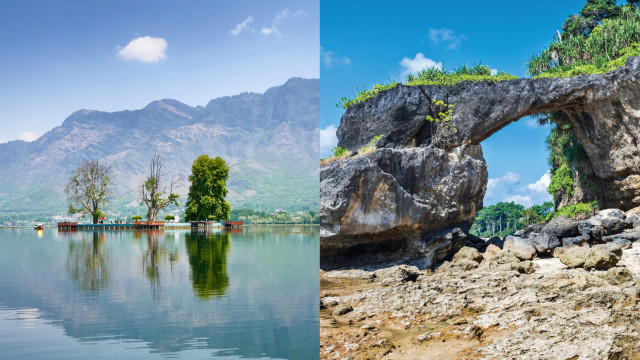



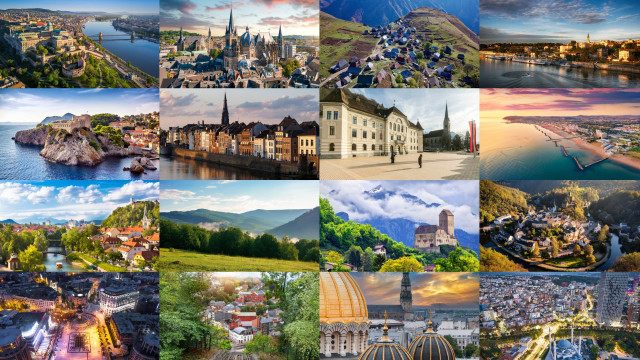




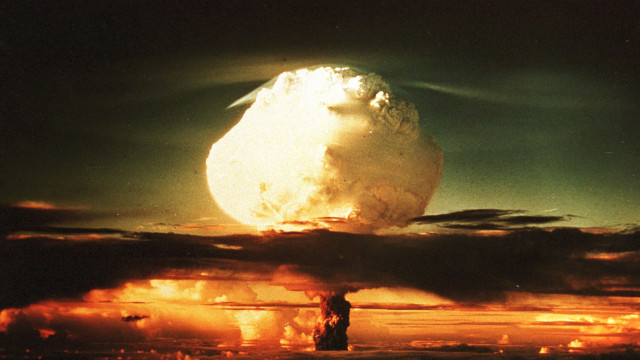






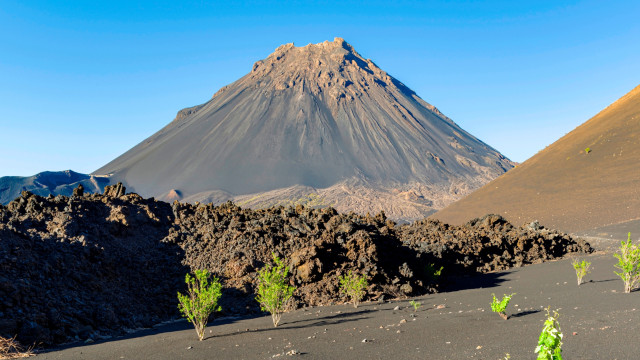

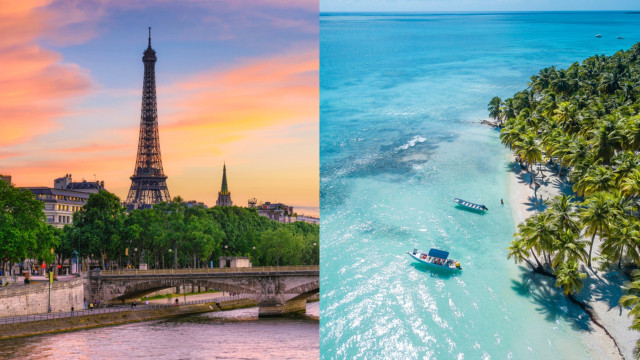
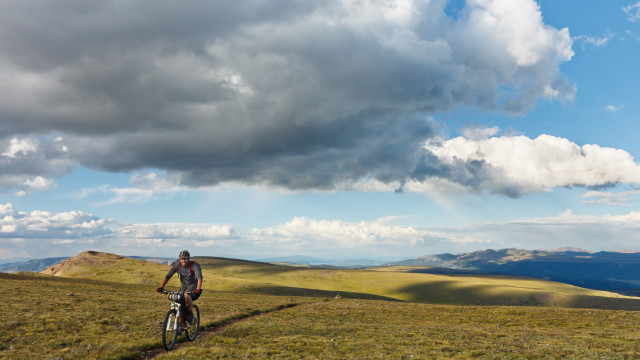
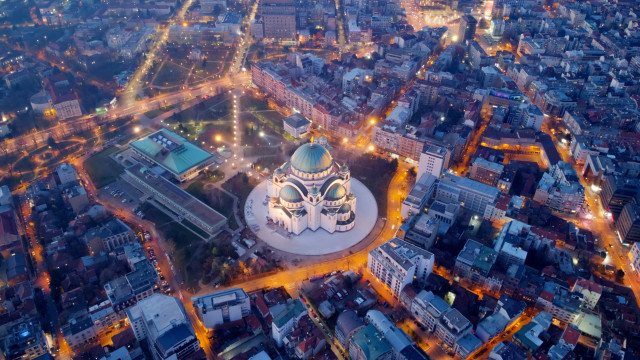
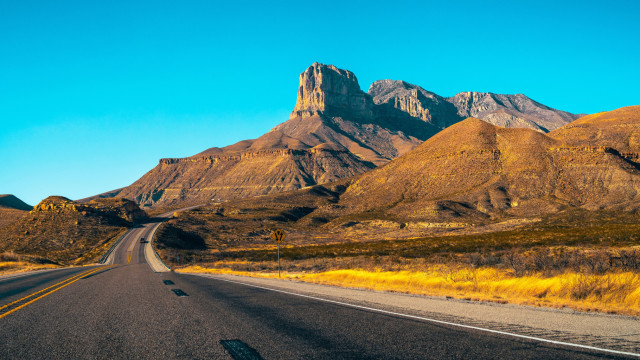







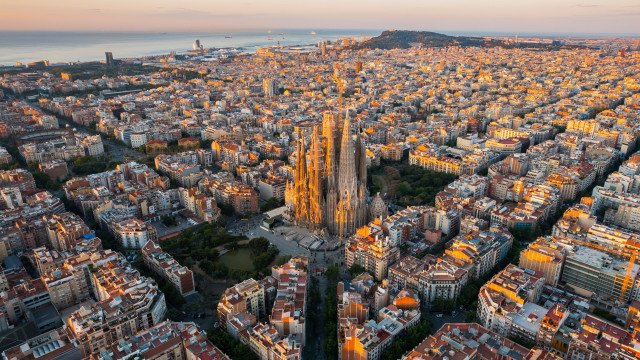




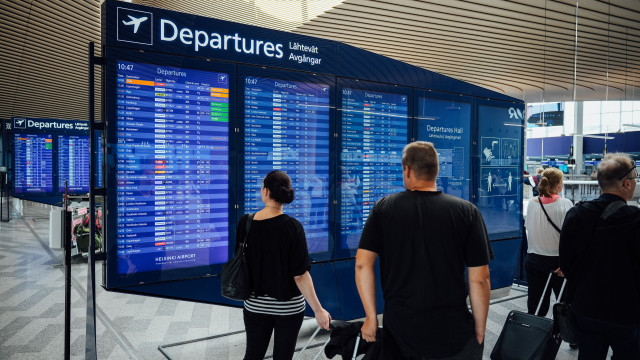
MOST READ
- Last Hour
- Last Day
- Last Week
-
1
CELEBRITY Relationships
-
2
LIFESTYLE Throwback
-
3
LIFESTYLE Catholicism
-
4
LIFESTYLE Home remedies
-
5
LIFESTYLE Putin
-
6
FOOD Fine dining
-
7
LIFESTYLE Emotions
-
8
TRAVEL Nations
-
9
LIFESTYLE History
-
10
LIFESTYLE Astrology chart








